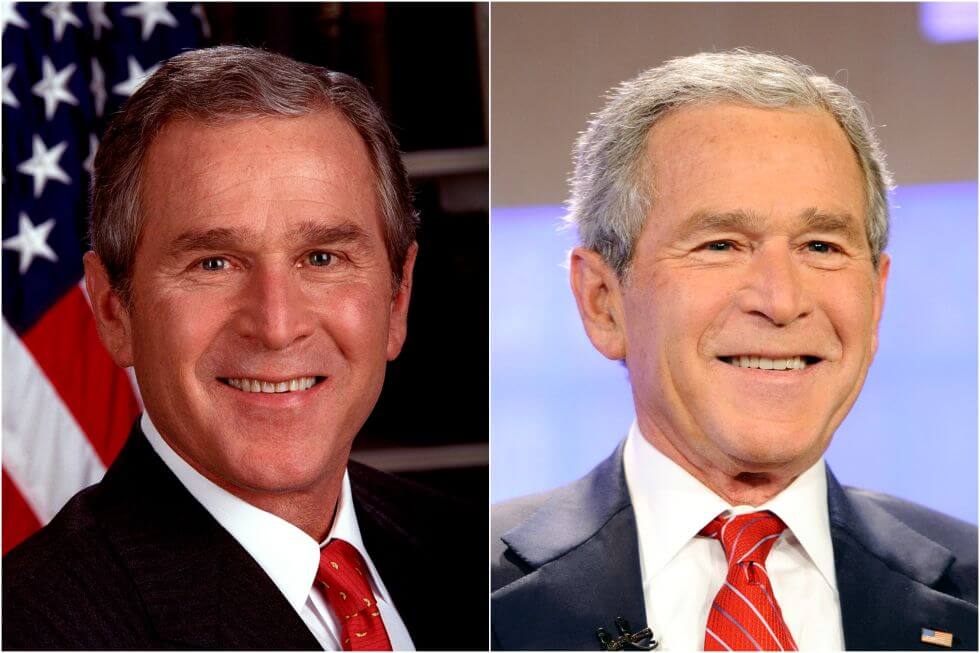The term of office for the U.S. President is a fundamental aspect of American governance and democracy. This term defines the period during which the elected leader holds the highest office in the United States, shaping the country's policies and direction. Understanding the nuances of this term is crucial for citizens, scholars, and political enthusiasts alike, as it pertains to the very fabric of American political life.
In this article, we will delve deep into the intricacies of the presidential term, examining its historical context, constitutional provisions, and the implications of the four-year term limit. We will also explore the processes of election and re-election, shedding light on how these elements contribute to the stability and continuity of the U.S. government. Furthermore, we will address frequently asked questions regarding the presidency and provide insights into the impact of term limits on governance.
As we navigate through this comprehensive guide, we invite you to engage with the content, share your thoughts, and consider the significance of the presidential term in shaping the United States' present and future.
Table of Contents
- 1. Historical Context of the Presidential Term
- 2. Constitutional Provisions Governing Presidential Terms
- 3. The Election Process: From Nomination to Inauguration
- 4. Re-election: The Path to a Second Term
- 5. Impact of Term Limits on Governance
- 6. Frequently Asked Questions
- 7. Conclusion
1. Historical Context of the Presidential Term
The concept of a presidential term in the United States has its roots in the country's founding documents and the experiences of early governance. Initially, there were no strict term limits for the presidency. George Washington, the first President, set a precedent by voluntarily stepping down after two terms, which established a tradition that lasted for over 150 years.
However, this tradition was challenged when Franklin D. Roosevelt was elected to four terms during the Great Depression and World War II. His unprecedented tenure raised concerns about the concentration of power in the executive branch, leading to the ratification of the 22nd Amendment in 1951, which formally limited presidents to two elected terms.
2. Constitutional Provisions Governing Presidential Terms
The U.S. Constitution outlines the framework for presidential terms in Article II. According to this article:
- The President shall hold office for a term of four years.
- No person shall be elected to the office of the President more than twice.
This constitutional provision not only establishes the length of the term but also ensures a periodic transition of power, which is essential for a healthy democracy.
3. The Election Process: From Nomination to Inauguration
The process of electing a president is a complex and multifaceted procedure that involves several key steps, from primary elections to the inauguration of the new president.
3.1. Nomination Process
The nomination process typically begins with candidates announcing their intention to run for president, followed by a series of primaries and caucuses held in each state. Candidates seek delegates who will support them at the national party conventions. The conventions serve to formally nominate the party's candidate for president.
3.2. General Election
After the conventions, the general election takes place on the first Tuesday after the first Monday in November. Voters cast their ballots for their preferred candidate, and the candidate who receives the majority of electoral votes (not the popular vote) is declared the winner. This unique system ensures that each state has a proportional influence on the outcome of the election.
4. Re-election: The Path to a Second Term
Presidents have the opportunity to seek re-election after their first term. To do so, they must navigate the political landscape, build a campaign team, and secure funding. The re-election campaign often involves addressing the successes and challenges of their first term while presenting a vision for the future.
Incumbent presidents usually have an advantage due to their established presence, but they also face scrutiny over their administration's performance. The dynamics of the political environment can significantly influence the outcome of the re-election bid.
5. Impact of Term Limits on Governance
Term limits were established to prevent the concentration of power and promote democratic principles. By limiting presidents to two terms, the 22nd Amendment fosters a cycle of renewal in leadership, encouraging new ideas and perspectives within the executive branch.
However, some argue that term limits can hinder long-term planning and policy implementation, as presidents may focus on short-term achievements to secure re-election. This ongoing debate highlights the complex relationship between term limits and effective governance.
6. Frequently Asked Questions
Here are some common questions regarding the U.S. presidential term:
- Can a president serve more than two terms if they were not elected for a full term? No, the 22nd Amendment stipulates that no person can be elected to the office of the President more than twice, regardless of previous terms served.
- What happens if a president dies in office? If a president dies, resigns, or is removed from office, the Vice President assumes the presidency and serves out the remainder of the term.
- Are there any exceptions to the two-term limit? No, the 22nd Amendment applies universally to all presidents, with no exceptions.
7. Conclusion
In summary, the term of office for the U.S. President is a critical element of the nation's democratic framework. Understanding the historical context, constitutional provisions, election processes, and the impact of term limits helps us appreciate the significance of this role in shaping the future of the United States. We encourage readers to engage with this topic further, share their perspectives, and stay informed about the evolving landscape of American politics.
We invite you to leave your comments, share this article with others, and explore more content on our site to deepen your understanding of the U.S. presidential system.


:max_bytes(150000):strip_icc()/Why-presidents-only-serve-two-terms-3367979_final_r2-4998a573c08d4466bf6a8ca13b05040a.png)

